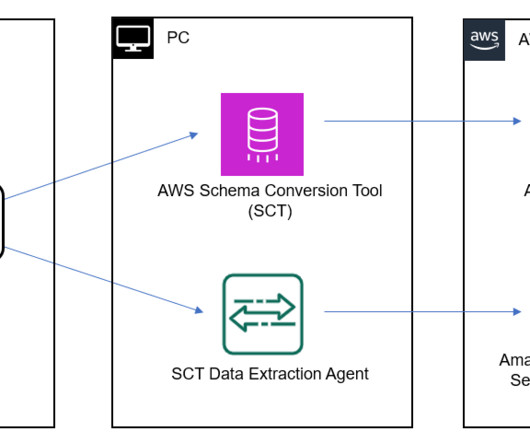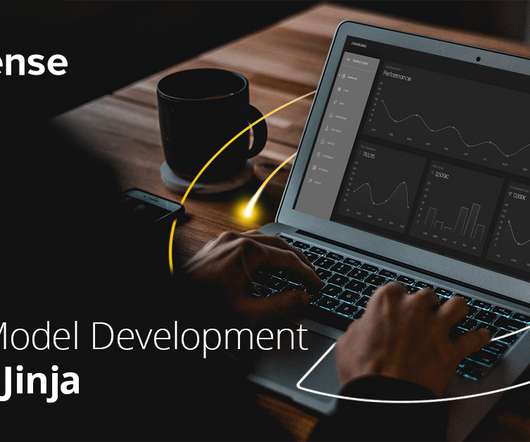Migrate Microsoft Azure Synapse Analytics to Amazon Redshift using AWS SCT
AWS Big Data
OCTOBER 18, 2023
Amazon Redshift is a fast, fully managed, petabyte-scale data warehouse that provides the flexibility to use provisioned or serverless compute for your analytical workloads. You don’t need to worry about workloads such as ETL (extract, transform, and load), dashboards, ad-hoc queries, and so on interfering with each other.














Let's personalize your content